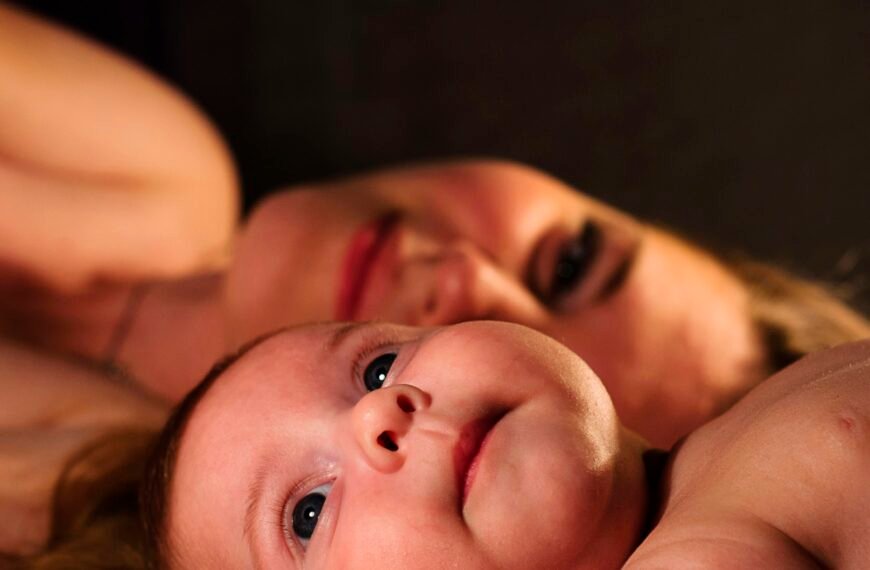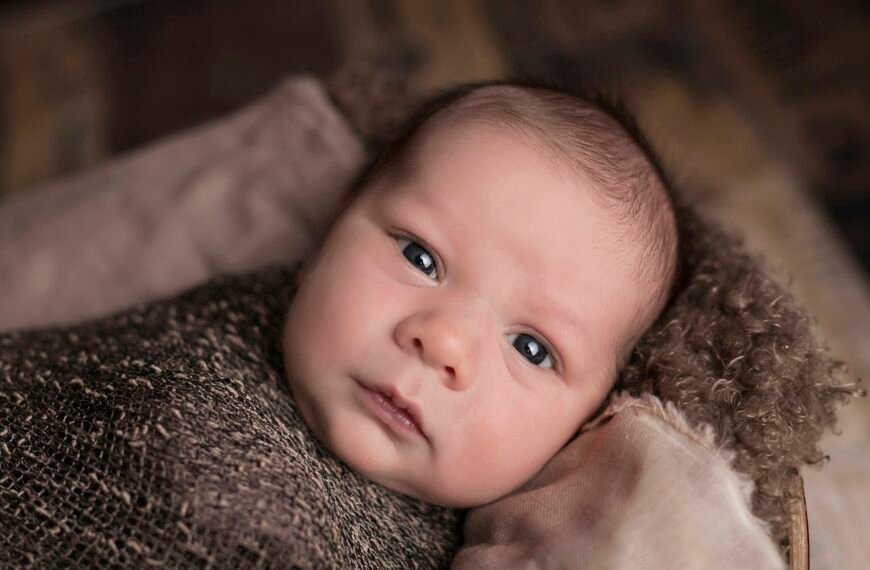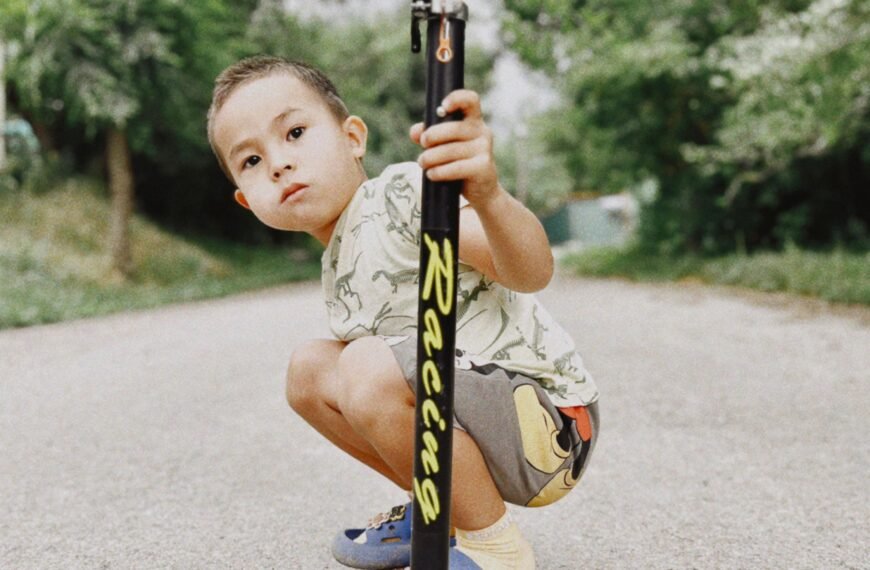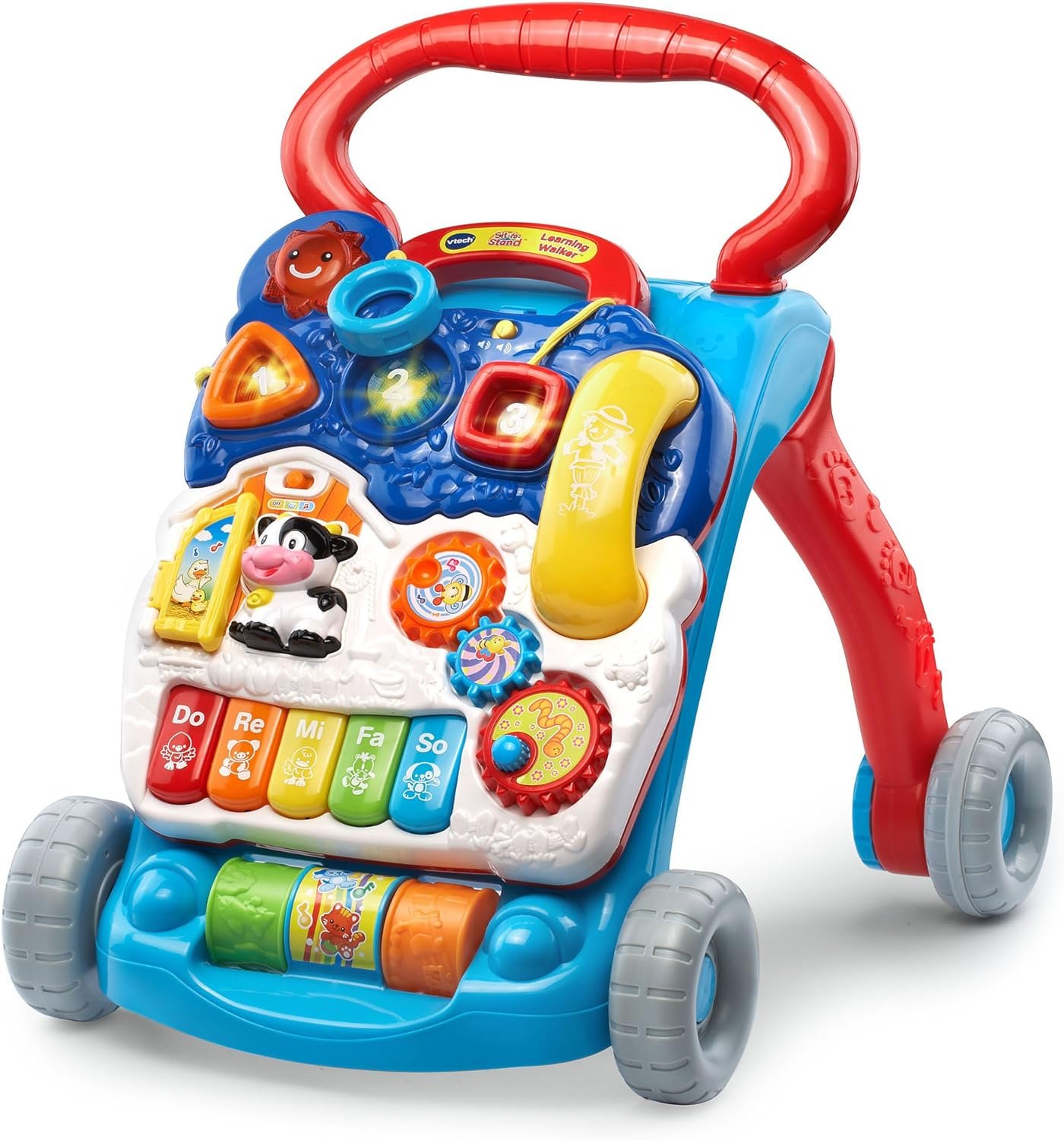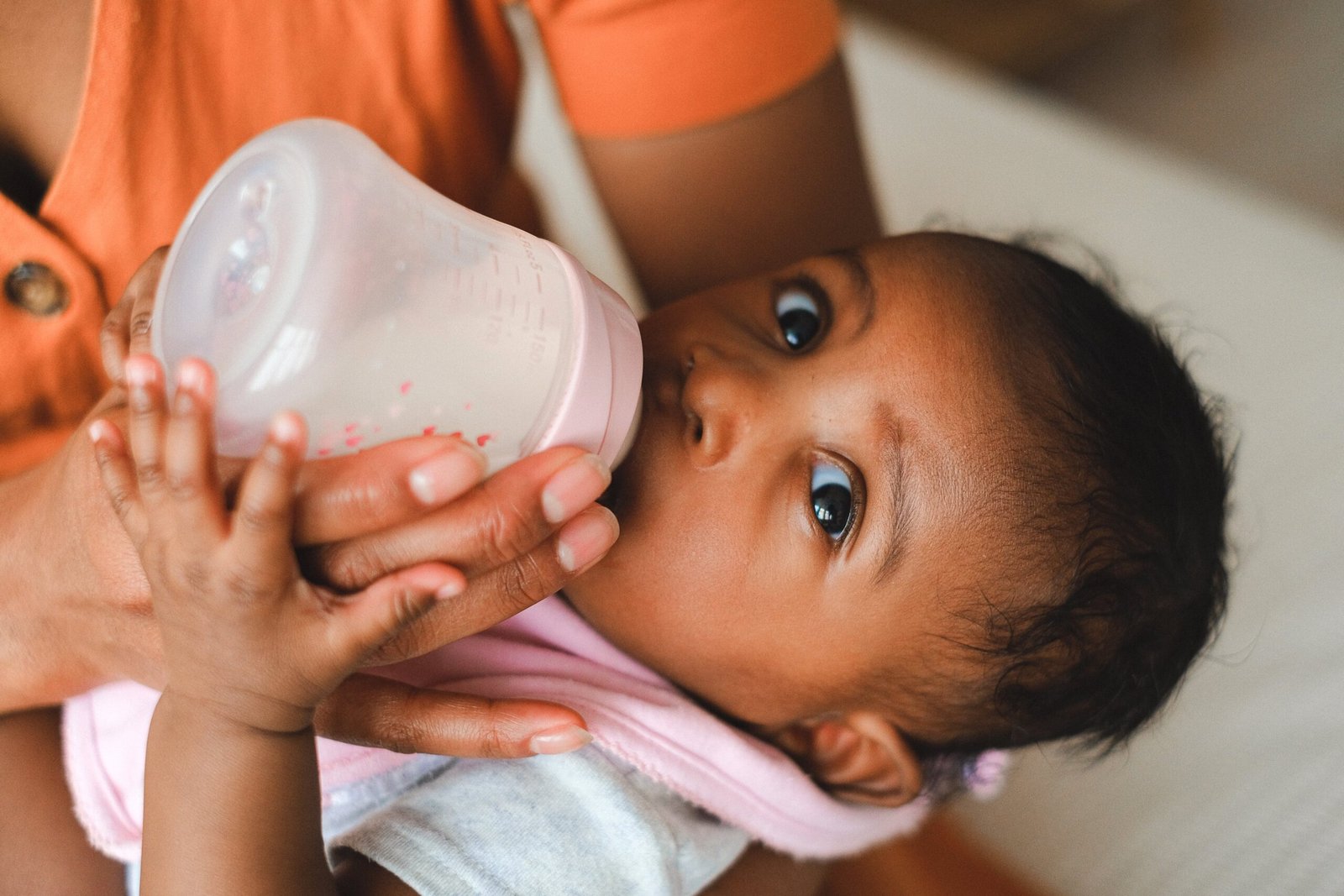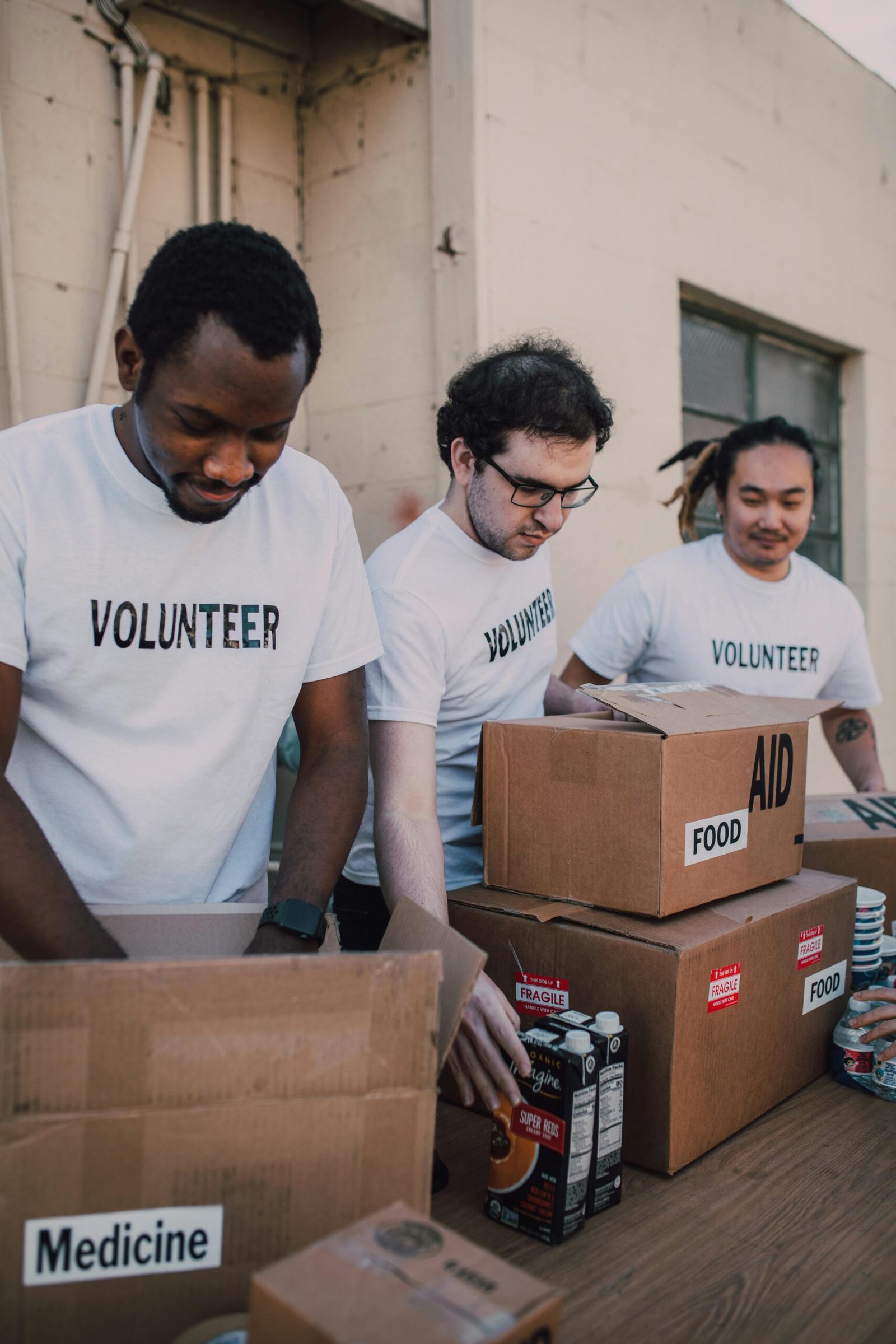If you have been wondering how to keep your little one’s plastic baby toys clean and germ-free, look no further! In this article, you will find simple and practical tips to effectively clean plastic baby toys, ensuring a safe and healthy playtime for your child. From using everyday household items to selecting the right cleaning solutions, you will discover easy methods that will not only remove dirt and grime but also eliminate harmful bacteria. So, let’s get started and ensure that your baby’s toys are sparkling clean!

Check Baby Toys Guide & Review
Cleaning Methods
Keeping your baby’s toys clean is essential for their health and wellbeing. Plastic baby toys can easily accumulate dirt, grime, and germs, so it’s important to clean them regularly. There are several effective cleaning methods you can use, depending on your preference and the type of toys you have. In this article, we will explore five popular cleaning methods: soap and water, dishwasher, vinegar solution, bleach solution, and steam cleaning.
Preparation
Before diving into the cleaning process, it’s crucial to make some preparations. This will ensure that your cleaning routine goes smoothly and effectively.
Firstly, gather all the necessary supplies. You’ll need a mild dish soap, a dishwasher (if you choose this method), white vinegar, bleach (if using a bleach solution), a steam cleaner (if using steam cleaning), a clean sponge or cloth, and a soft brush.
Next, inspect the toys for any signs of damage, such as cracks, broken parts, or loose pieces. It’s important to address any damage before cleaning to avoid further deterioration.
If the toys have batteries, remove them before cleaning. Submerging toys with batteries in water or other cleaning solutions can damage them, so it’s best to play it safe and take them out.
Cleaning with Soap and Water
The soap and water method is a simple yet effective way to clean plastic baby toys. Follow these steps to ensure a thorough cleaning:
- Create a soapy solution by mixing a few drops of mild dish soap with warm water in a bowl or sink.
- Take a clean sponge or cloth and wet it in the soapy water.
- Wipe down or scrub the toys using the sponge or cloth, paying attention to any dirty or sticky areas.
- After cleaning, rinse the toys thoroughly with clean water to remove any soap residue.
- Place the toys on a clean towel or rack to air dry completely before allowing your baby to play with them again.
Cleaning in a Dishwasher
If you prefer a more convenient and time-saving method, the dishwasher can be a great option for cleaning plastic baby toys. Follow these steps for a hassle-free cleaning process:
- Check the suitability of the toys for dishwasher cleaning. Some toys may not be dishwasher safe due to their material or construction. Check the manufacturer’s instructions or look for a dishwasher safe symbol on the toys.
- Load the toys securely in the dishwasher, making sure they won’t move around or become trapped in the racks.
- Choose the appropriate dishwasher settings for your toys. Use a gentle cycle and avoid high heat drying options as they may damage the toys.
- Once the dishwasher cycle is complete, open the dishwasher and allow the toys to air dry completely before giving them back to your little one.
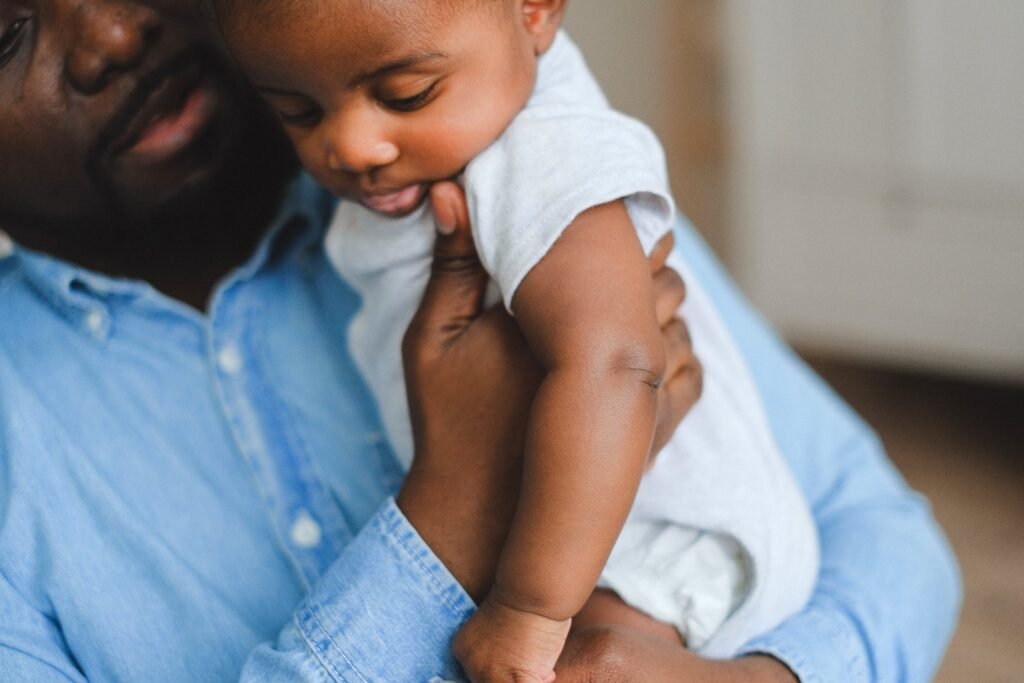
Cleaning with a Vinegar Solution
Vinegar is a versatile natural cleaner that can effectively disinfect and remove dirt from plastic baby toys. Here’s how you can use a vinegar solution to clean your toys:
- Prepare the vinegar solution by mixing equal parts of white vinegar and water in a container.
- Submerge the toys in the vinegar solution, ensuring they are completely covered.
- Use a soft brush to scrub the toys, paying attention to any stubborn stains or dirt.
- After scrubbing, rinse the toys thoroughly with clean water to remove any vinegar residue.
- Place the toys on a clean towel or rack to air dry completely.
Cleaning with a Bleach Solution
A bleach solution can be used for more heavy-duty cleaning and disinfection of plastic baby toys. However, it’s important to handle bleach with caution and follow safety precautions. Here’s how to clean with a bleach solution:
- Prepare the bleach solution by mixing 1 tablespoon of bleach with 1 gallon of water in a well-ventilated area.
- Submerge the toys in the bleach solution and ensure they are completely covered. Allow them to soak for about 5 minutes.
- After soaking, rinse the toys thoroughly with clean water to remove any bleach residue.
- Place the toys on a clean towel or rack and allow them to air dry completely.
- Remember to store bleach safely, away from children and pets, and never mix bleach with other cleaning products.
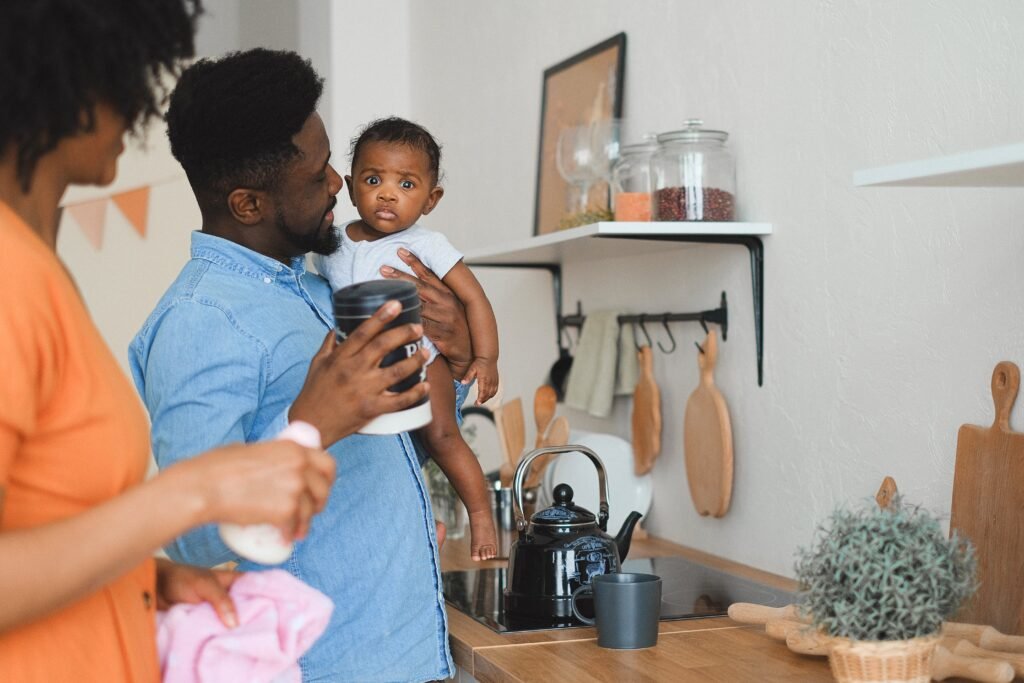
Steam Cleaning
Using a steam cleaner is an efficient and chemical-free method to clean plastic baby toys. Here’s how to effectively steam clean your toys:
- Read and follow the instructions provided by the steam cleaner manufacturer.
- Prepare the steam cleaner as directed, ensuring it is filled with water and heated to the appropriate temperature.
- Clean the toys by directing the steam onto the surfaces, paying attention to hard-to-reach areas and crevices.
- After steam cleaning, allow the toys to dry completely before returning them to your baby’s play area.
Cleaning Specific Toy Parts
Different types of baby toys may require specific cleaning methods for certain parts. Here are some tips for cleaning common types of plastic baby toys:
Rubber Teethers
Rubber teethers can be cleaned using the soap and water or vinegar solution methods. Scrub them gently with a soft brush to remove any dirt or residue. Rinse thoroughly and air dry before giving them back to your baby.
Squeeze Toys
Squeeze toys often accumulate water and moisture inside, which can lead to mold growth. To clean them, squeeze out any excess water and wash them using the soap and water method. Ensure thorough rinsing and allow them to air dry completely.
Bath Toys
Bath toys are exposed to soap scum and water contaminants regularly. After each bath, rinse them with clean water to remove any soap residue. Use the soap and water or vinegar solution methods for a deeper cleaning periodically.
Hard-to-Reach Areas
To clean toys with hard-to-reach areas or small crevices, use a soft brush or a toothbrush dipped in your chosen cleaning solution. Gently scrub the areas to remove dirt and grime. Rinse thoroughly and air dry.
Drying and Storing
Proper drying and storage of cleaned toys are crucial to prevent the growth of molds or bacteria. Follow these steps to ensure your baby’s toys are dried and stored correctly:
- After cleaning, remove any excess water from the toys using a clean towel or by gently shaking them.
- Allow the toys to air dry completely in a well-ventilated area. Avoid using a heated drying method as it may damage the toys.
- Once dry, choose an appropriate storage method for the toys. Keep them in a clean and dry container, bin, or toy organizer to protect them from dust and dirt.
- Regularly clean and disinfect the storage container to maintain cleanliness.
Additional Tips
Here are some additional tips to keep in mind when cleaning plastic baby toys:
Avoid Submerging Toys with Batteries
Toys that contain batteries should not be submerged in water or cleaning solutions. Instead, wipe them with a damp cloth or use a disinfectant wipe to clean the surface.
Test Toys for Cleanliness
Before giving the toys back to your baby, always ensure they are fully dry and free from any cleaning residue. Smell the toys for any lingering odors that may indicate incomplete cleaning.
Inspect Regularly
Regularly inspect your baby’s toys for any signs of wear or damage. Replace toys that are broken, cracked, or have loose parts to prevent potential hazards.
Follow Manufacturer’s Instructions
Always refer to the manufacturer’s instructions for specific cleaning recommendations. Some toys may have specific cleaning instructions or materials to avoid.
By following these cleaning methods and tips, you can ensure that your baby’s plastic toys stay clean, safe, and hygienic. Regular cleaning and proper maintenance will not only extend the life of the toys but also provide your little one with a healthier play environment.








